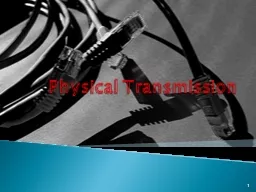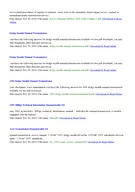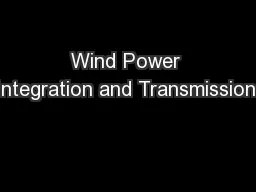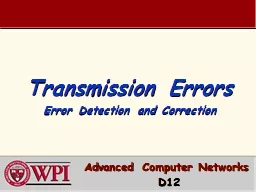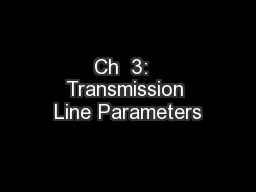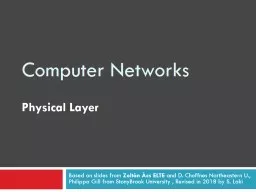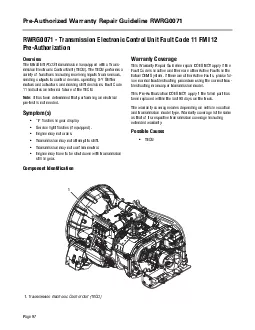PPT-Physical Transmission 1
Author : pasty-toler | Published Date : 2018-02-03
2 Physical Transmission Wireless media 3 Transmission is sent and received through invisible waves Less expensive than copper or fiber optic lines Allows the user
Presentation Embed Code
Download Presentation
Download Presentation The PPT/PDF document "Physical Transmission 1" is the property of its rightful owner. Permission is granted to download and print the materials on this website for personal, non-commercial use only, and to display it on your personal computer provided you do not modify the materials and that you retain all copyright notices contained in the materials. By downloading content from our website, you accept the terms of this agreement.
Physical Transmission 1: Transcript
Download Rules Of Document
"Physical Transmission 1"The content belongs to its owner. You may download and print it for personal use, without modification, and keep all copyright notices. By downloading, you agree to these terms.
Related Documents

